Benefits of Supported Fish Pose
- Heart Opening: Supported Fish Pose opens the chest, stretching and releasing tension in the front of the body.
- Respiratory Benefits: The pose encourages deep breathing, enhancing lung capacity and oxygenation.
- Stress Reduction: The supported nature of the pose promotes relaxation and reduces stress.
- Spinal Extension: It provides a gentle extension to the spine, counteracting the effects of sitting and forward bending.
- Throat Chakra Activation: The stretch around the throat area may stimulate the throat chakra, associated with communication and self-expression.
Beginner Tips:
- Adjust Block Height: Experiment with the height of the block to find the most comfortable support for your lower back.
- Gradual Prop Addition: If new to the pose, start with just the block, and add the bolster or blanket as you become more accustomed.
- Hold Supported Fish Pose for 3 to 5 minutes, allowing your body to fully surrender and relax.
- Gradually come out of the pose by rolling to one side and pressing yourself up to a seated position.
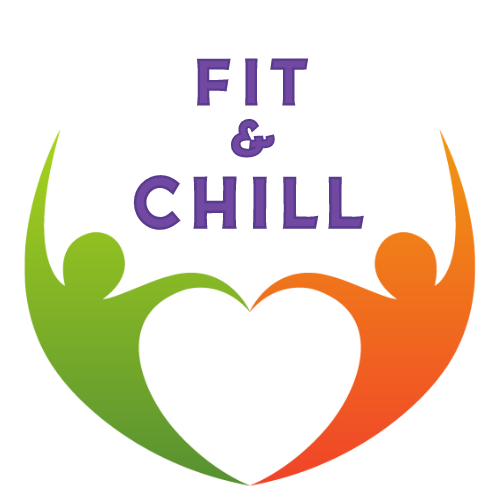

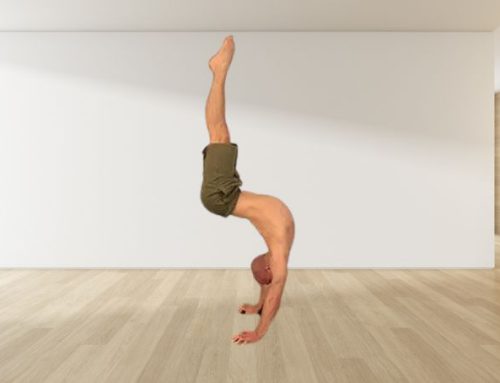
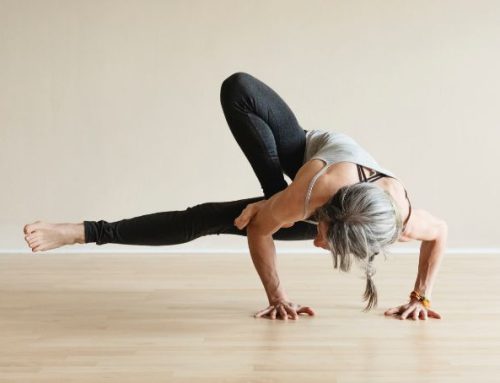
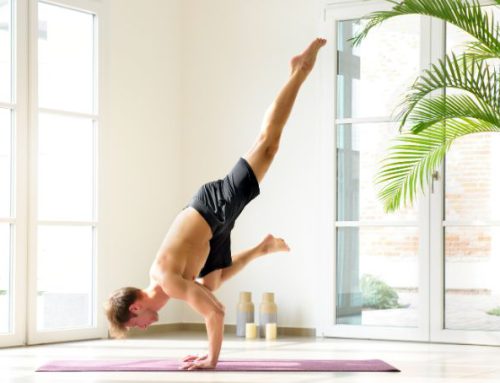
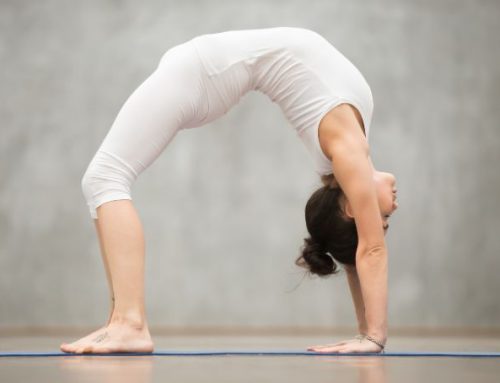
Leave A Comment